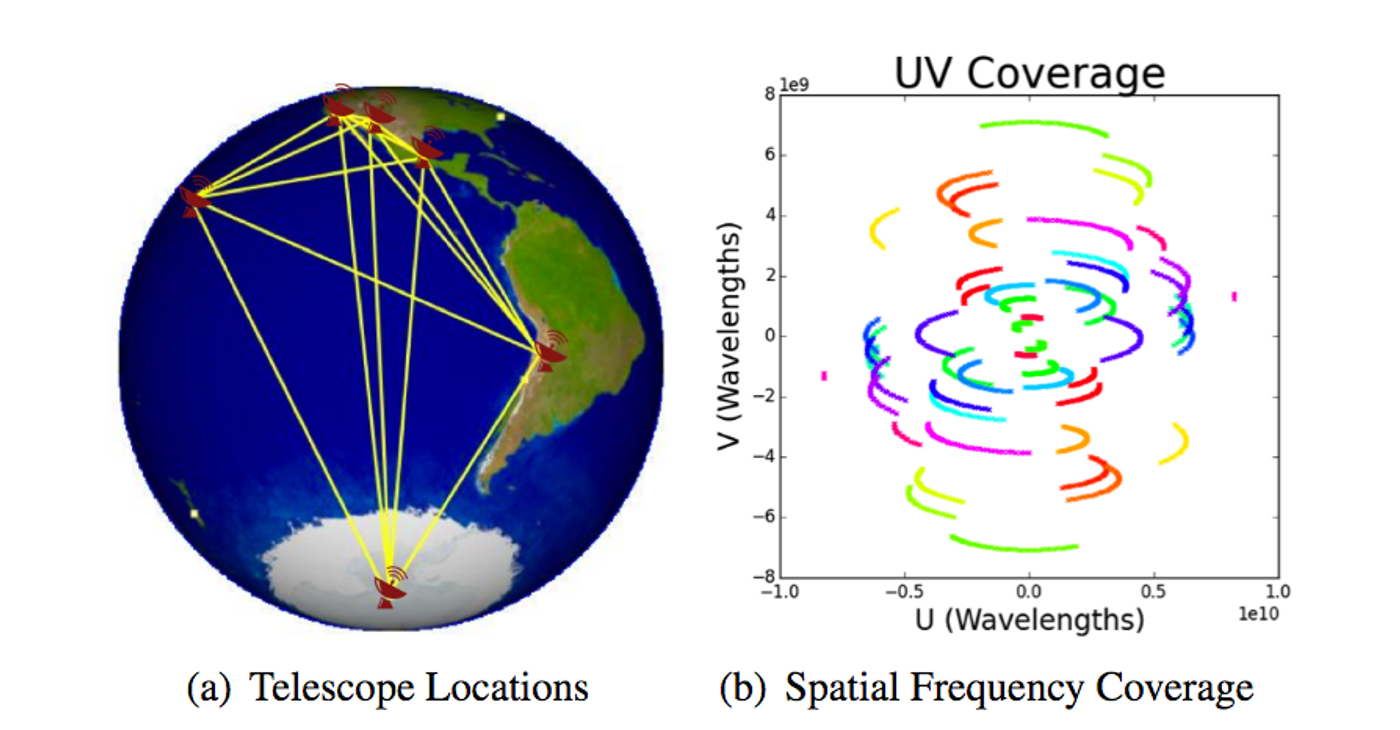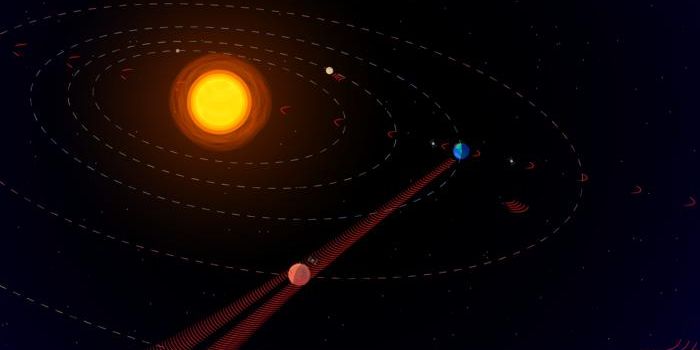New Algorithm May Produce a Legit Image of a Black Hole
It has long been a goal of astronomers too realize the achievement of taking an actual photograph of a black hole, but they’re so small compared to their distance from Earth that they are particularly difficult to observe.
Using the radio telescope observation technology we have in place today, it’s nearly impossible to grab a picture of a black hole. We simply don’t have a telescope big enough. On the other hand, there may still be hope by tricking the system to work to our advantage by using a technique known as interferometry to gather imagery at different focal points.

Image Credit: Massachusetts Institute of Technology
The details are published in a paper drafted by Massachusetts Institute of Technology (MIT) scientists.
“A black hole is very, very far away and very compact,” Katie Bouman, an MIT graduate student and lead developer behind the new algorithm said.
“[Taking a picture of the black hole in the center of the Milky Way galaxy is] equivalent to taking an image of a grapefruit on the moon, but with a radio telescope. To image something this small means that we would need a telescope with a 10,000-kilometer diameter, which is not practical, because the diameter of the Earth is not even 13,000 kilometers.”
With a new potentially groundbreaking algorithm, this goal may be closer than ever to becoming reality.
Using a collaboration of different radio telescopes scattered throughout the Earth’s surface, astronomers have created something known as the Event Horizon Telescope. This process essentially takes all of those radio telescopes and combines their surface area via a virtual network to create one giant radio telescope rather than keeping them divided.
Since one of the world’s largest radio telescopes only has a dish size of around 1,000 feet in diameter, we don’t get a very high resolution view of whatever it is that we’re looking at with that single radio telescope, especially with the massive distance between Earth and whatever it is we’re viewing (in this case, a black hole, which is tiny compared to the field of view we’re looking at).
In fact, as noted by MIT, a clearer image could be produced with a backyard telescope than a single radio telescope of that size. Nevertheless, we use radio telescopes because radio waves are able to penetrate dust and other things that get in the way of a clear picture, whereas optics cannot.
By combining the images from multiple radio telescopes around the world with a virtual network and creating an optical array of radio telescopes that basically merge their dish sizes together to create one gigantic radio telescope, we may be able to produce a much clearer image with a higher resolution than has ever been achieved.
There are as many as 6 radio telescopes involved in the current array, but there will almost definitely be more radio telescopes getting integrated into the project at a later date. Researchers are hopeful to use this technology to photograph a black hole within a decade from now.
Source: Massachusetts Institute of Technology, Event Horizon Telescope








